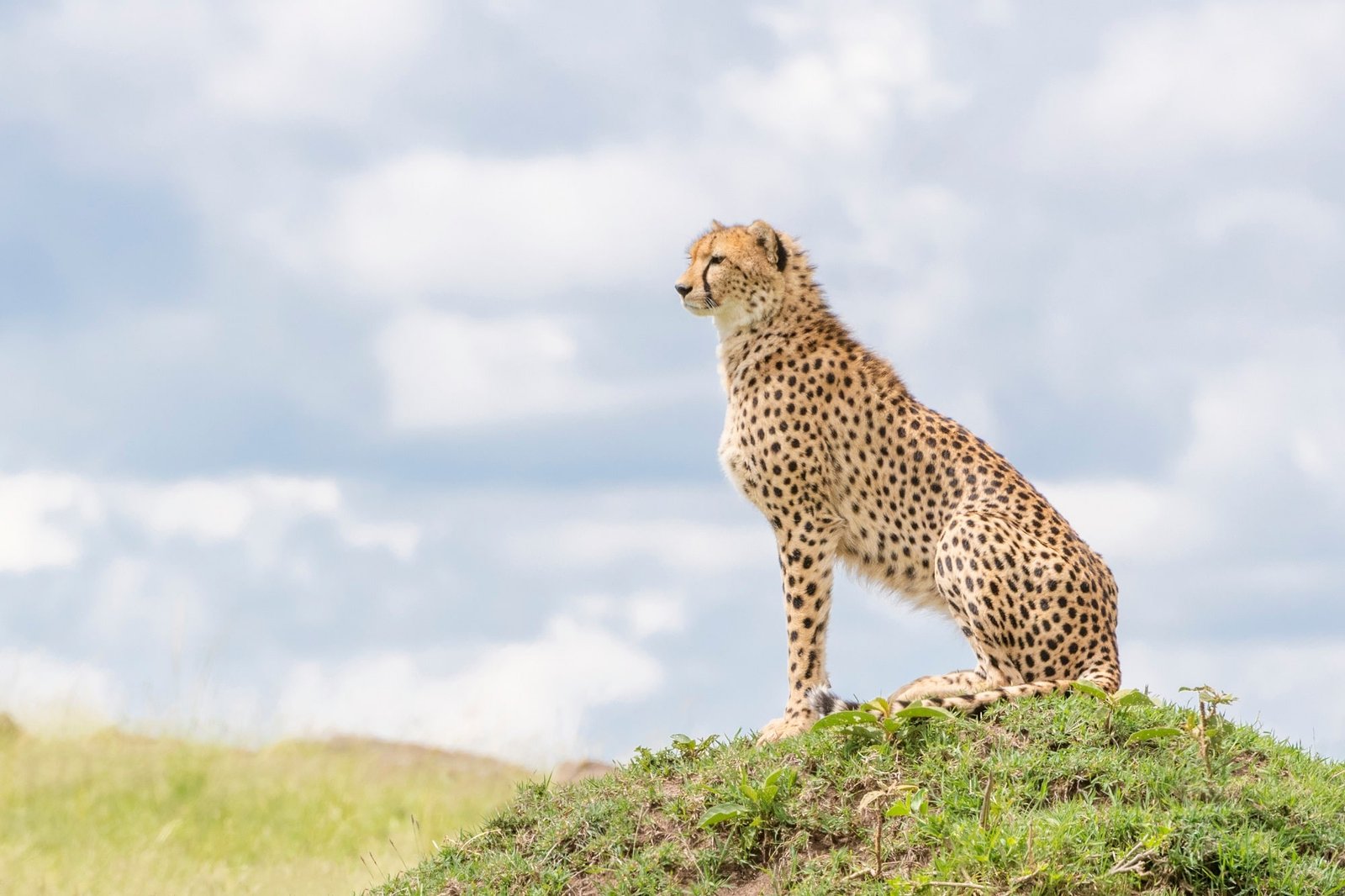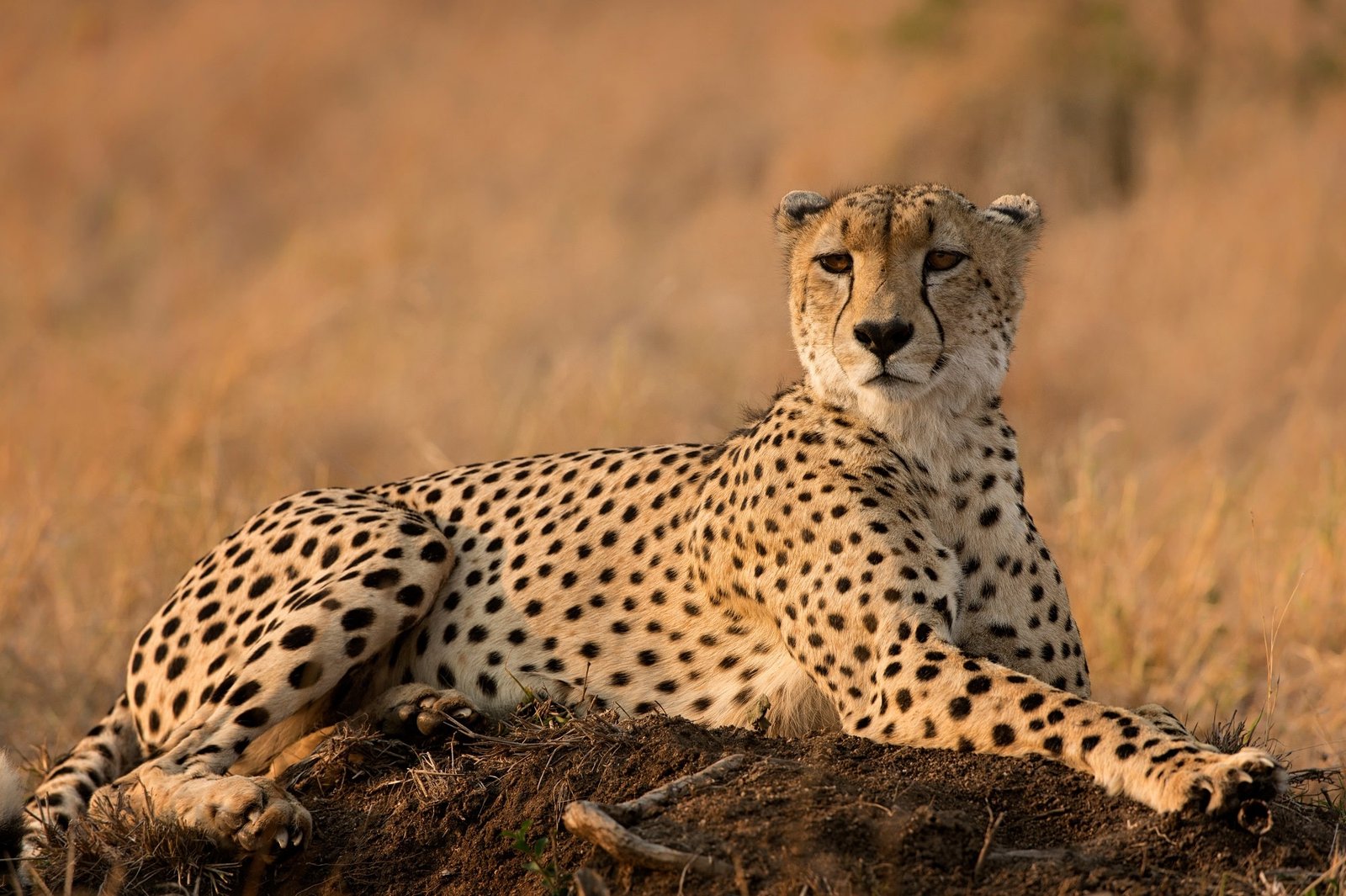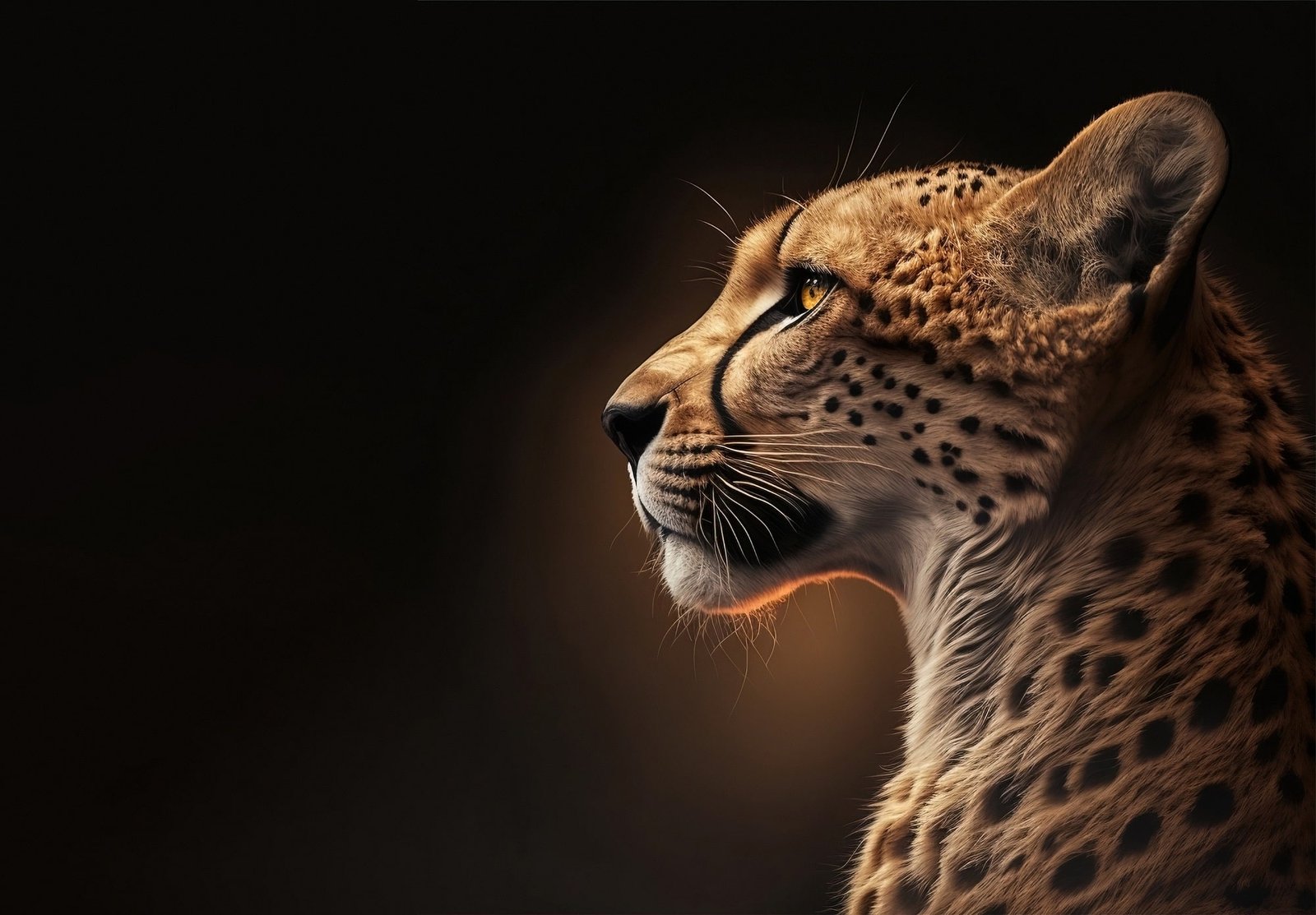
The Cheetah (Acinonyx jubatus): A Comprehensive Overview
Abstract:
The Cheetah (Acinonyx jubatus) is an iconic big cat species known for its incredible speed and unique physical adaptations. This report provides a comprehensive overview of the Cheetah, covering its taxonomy, distribution, physical characteristics, behavior, diet, conservation status, and the challenges it faces in the wild.
Introduction:
The Cheetah, belonging to the Felidae family, is a large feline species characterized by its slender build, distinctive coat pattern, and remarkable speed. This species is primarily found in sub-Saharan Africa and parts of Iran.
Taxonomy:
Scientifically classified as Acinonyx jubatus, the Cheetah is a member of the genus Acinonyx. It is the only extant species within this genus, distinguishing it from other big cats like lions, tigers, and leopards.
Distribution:
Cheetahs historically inhabited a wide range of habitats, from savannas and grasslands to semi-arid regions. Today, their distribution has become fragmented, and they are primarily found in parts of eastern and southern Africa, as well as a small population in Iran.
Physical Characteristics:
The Cheetah is well-known for its unique physical attributes, which contribute to its exceptional speed. Key features include a streamlined body, long legs, a lightweight frame, non-retractable claws, and distinctive black tear stripes on the face. These


1. Cheetahs are the fastest land animals, capable of reaching speeds up to 75 miles per hour (120 kilometers per hour) in short bursts covering distances up to 500 meters.
2. Recognizable by their distinctive black tear stripes on their faces, cheetahs have a slender build and are built for speed, with non-retractable claws and specialized respiratory and cardiovascular systems.
3. Unlike other big cats, cheetahs cannot roar. Instead, they communicate through vocalizations like purrs. growls, and a variety of chirping sounds.
4. Cheetahs primarily hunt small to medium-sized ungulates, relying on their exceptional speed and stealth to get close to their prey before initiating a high-speed chase.
5. These magnificent cats face conservation challenges, with their populations declining due to habitat loss, human-wildlife conflict, and a genetic bottleneck, making them vulnerable to diseases and environmental changes.

